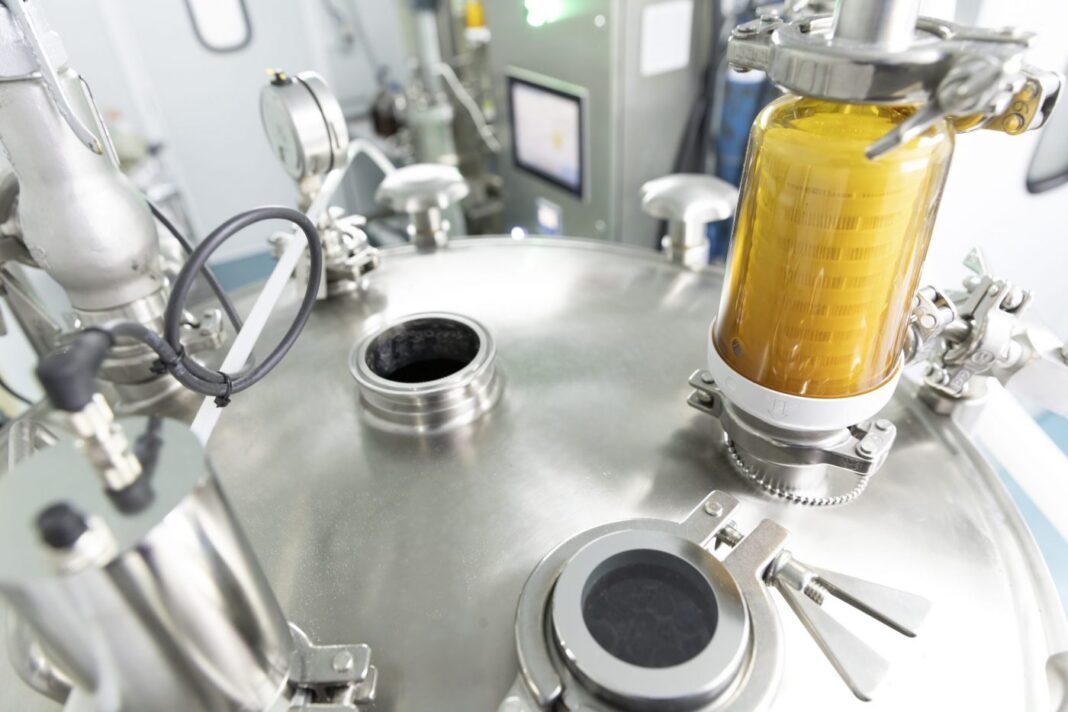No process analytic technology (PAT)-worthy method is without limitations. As Anna-Lena Heins, PhD, and colleagues (Technical University, Munich) note in a recent article, industrial bioprocess PAT is limited to fluorescent staining since the production host cannot be genetically altered further without introducing quality issues. Another issue involves instrument location and maintenance.
“If not maintained under constant environmental conditions and regularly cleaned, measurements can drift significantly from one day to another,” she explains.
Lastly, flow methods generate copious quantities of data, which must be managed and mined to get the most from the investment in hardware and methodology.
Even with those restrictions, flow methods show great potential for viability staining (e.g., by propidium iodide) to monitor if cells have been adversely affected by bioprocess conditions or the presence of toxic byproducts.
“It’s also possible to quantify cell growth by, for example, applying a growth reporter strain that enables monitoring single cell growth,” continues Heins. “This approach can reveal inactive or less active cells within a bioreactor population. Reporter strains may also quantify product formation by uncovering potential subpopulations of higher- or lower-producing cells.”
This method may be applied, for example, to identifying producers during development, or to monitor the transition from cellular expansion to production phases.
“These parameters are already measured by flow cytometry, but mostly at-line to the process,” she adds. “Samples are taken and manually transferred to the instrument, which is time-consuming and entails the risk of influencing cell physiology.”
Heins described what is required to implement flow cytometry as a PAT-worthy method. “First, establish a stable connection between the bioreactor and the flow cytometer that does not compromise sterility or reproducibility,” she points out. These interfaces exist, but have never been applied rigorously to an industrial bioprocess environment. Once this connection is established, users must be able to apply statistics and programming skills to deconvolute multidimensional datasets and visualize them in real time.
“Also when collecting information at the single cell level, it would be nice to monitor process parameters (e.g. produced/consumed metabolites) on the population level with the same data density,” says Heins. However, this makes the setup even more technological demanding.
Lastly, systems will require deep characterization and validation, beginning in product development. Only then, according to Heins, could “the whole setup be implemented at manufacturing scale.”


